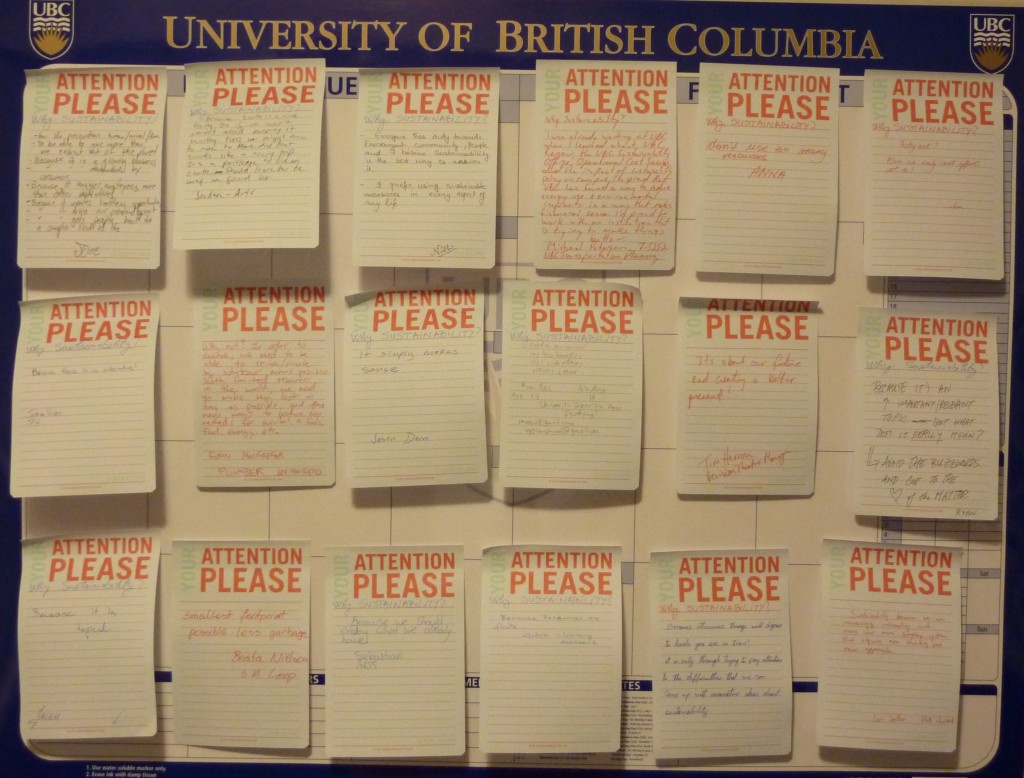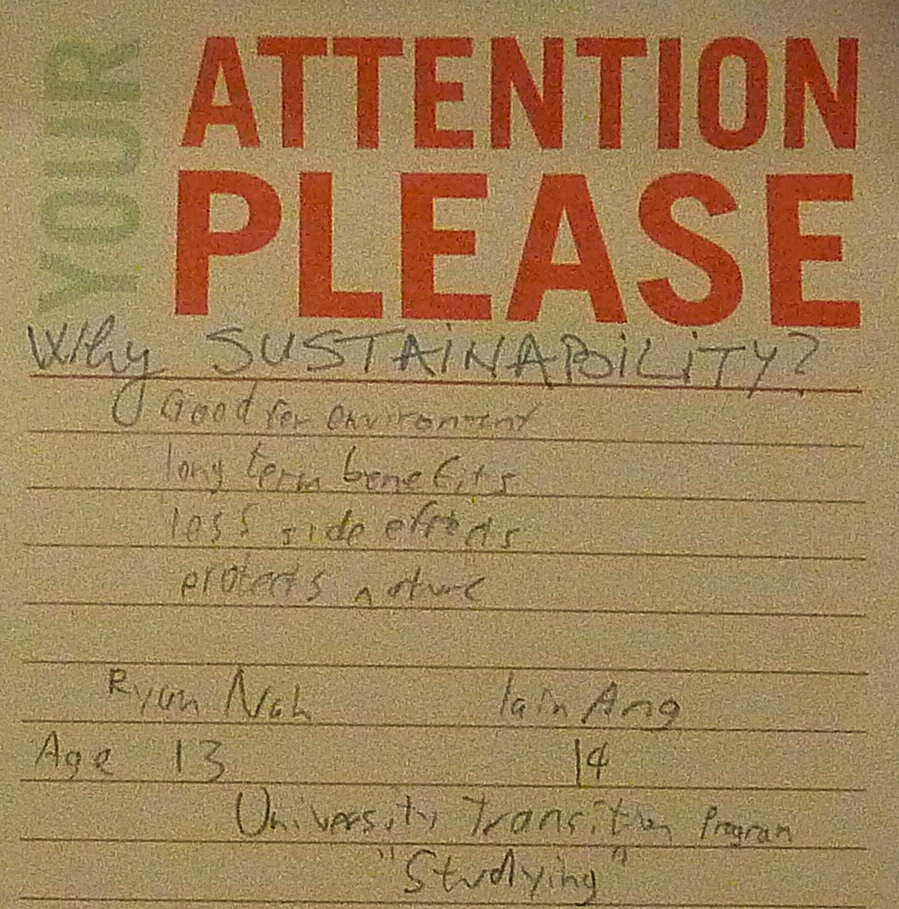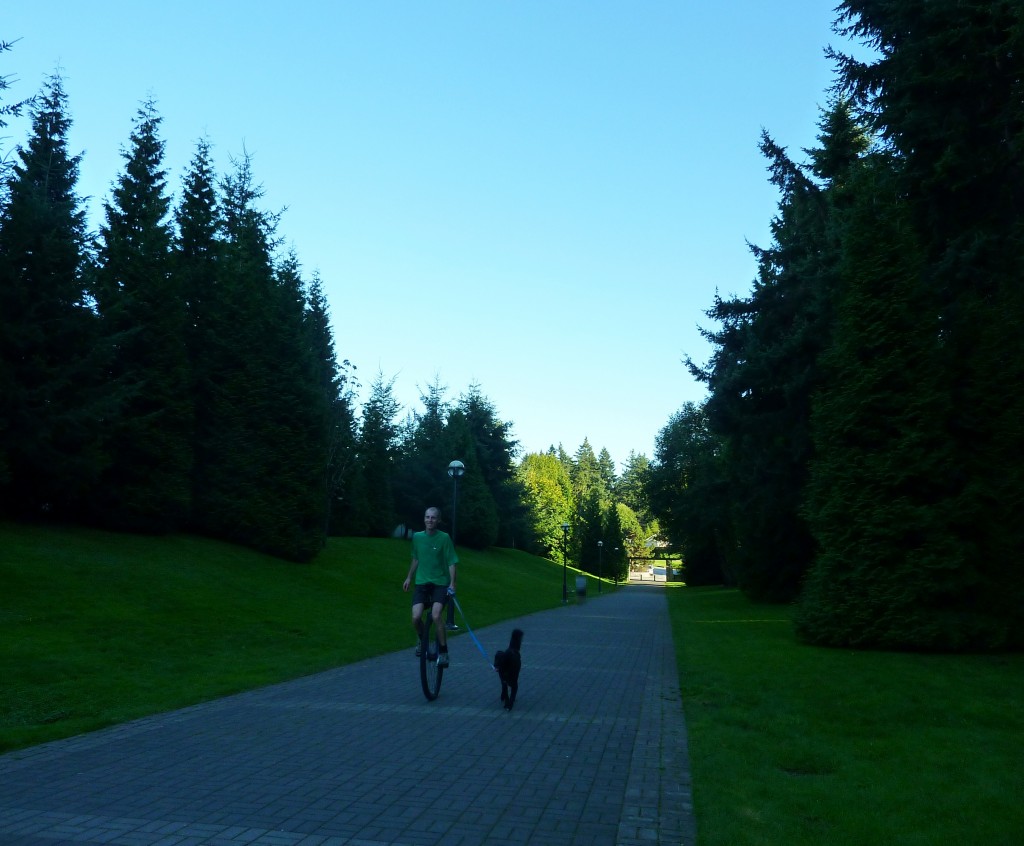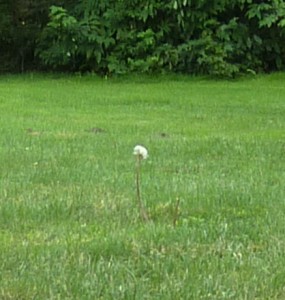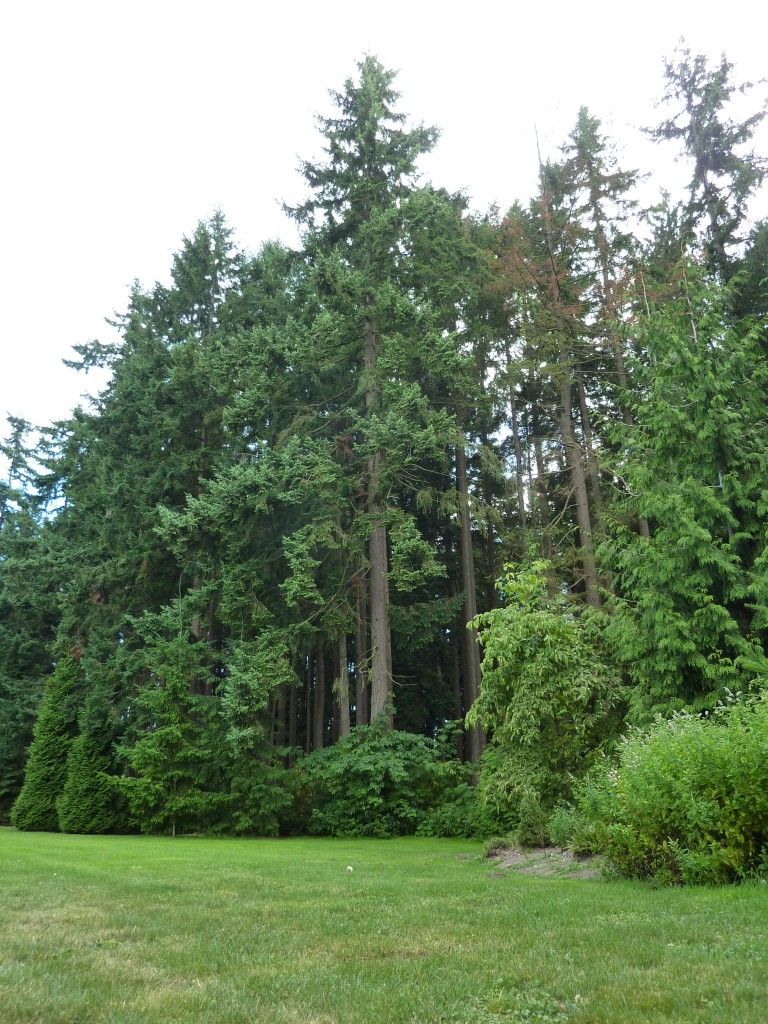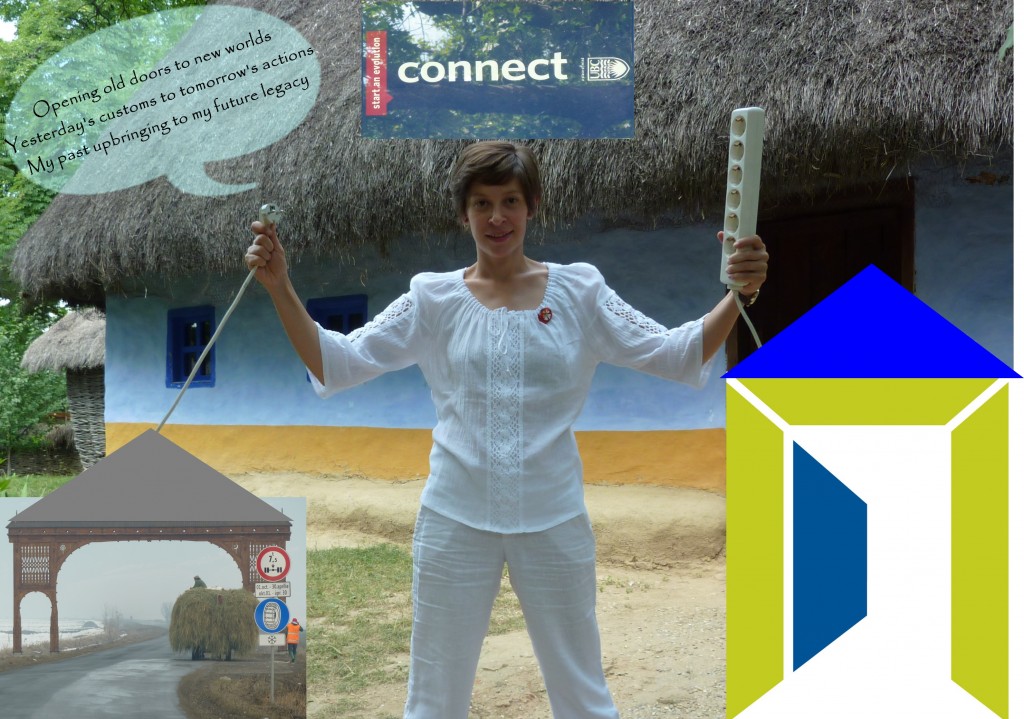From the get go of working on our Digital Marketing Plan I realized how essential communicating with the client is going to be for accomplishing our project. As the person in charge of the content calendar part of the digital plan, a key learning point for me was that in order for me to be able to create quality content I first and foremost needed to understand the company’s overall objectives and goals and also who made up the online audience of West Coast Aquatic Safaris. For a digital marketing campaign to be successful, the content manager needs to have a comprehensive understanding of the audience’s interests, as well as its online media consumption behaviour – i.e. market research or trial and error tests are needed to discover your audience’s online behaviour; if your audience is mostly active during the weekend it is rather pointless for the company to publish content mostly on weekdays.
One of the biggest challenges I faced was having to build content more or less from scratch, as our client actually did not have a content marketing strategy in place, but rather just sporadic posts on social media networks and a collection of last season’s photographs and videos. With no previous storyline to the company’s online content and almost no history of audience engagement, I found it challenging to create the sort of quality content that would generate audience engagement, leads and ultimately sales in a two week period. A key learning point in this respect was that you have to be consistent in your online communication with your audience if you want them to be responsive, engaging and start generating their own content. I learned that the company needs to have a constant, relevant and timely online dialogue with its audience, if it wants its inbound marketing strategy to be successful.
While working on the digital plan I felt quite isolated from all the other parts that were supposed to form our integrated Internet marketing plan, and it was as if we were each working in our own silo. When faced with preparing and delivering the client presentation we had to break our silos and communicate effectively with each other within the team, so that we could convey a meaningful story to our client. Essential to the success of our client presentation was for everybody on the team to teach and inform everybody else about their learning process and key findings. By constantly checking in with each other we made sure we are all on the same page and that our digital marketing strategy was indeed consistent.
One of my key learning points from delivering the client presentation was that whatever jargon we might learn and use amongst the team, as professionals in the digital marketing sphere, we should approach the client from the premises that they do not possess the same level of knowledge or understanding of that jargon. For example, I had to briefly explain to the client what inbound marketing meant and why we believed it would be useful for West Coast Aquatic Safaris to build an inbound marketing strategy to pull customers to their business with quality content. Just as one of my recommendations to our client was to create a consistent storyline to their online content, in our team presentation we had to create a consistent storyline to our different sections and major points that we wanted to achieve with our digital marketing plan.
Overall, this proved a valuable learning experience of how a company should create a meaningful story and consistently communicate it online and offline, so that to create a relationship with its audience, engage it and motivate it to become quality content creators on their own and further promote the story of the brand.

